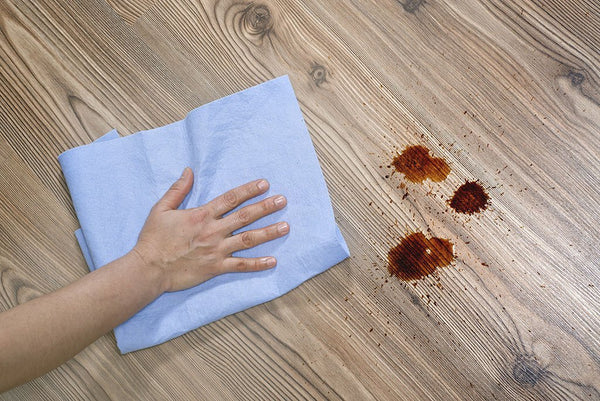What Causes Dark Spots On Hardwood Floors

Introduction to Dark Spots on Hardwood Floors
Dark spots on hardwood floors can detract from the beauty and elegance of any space, marring the natural appearance of the wood and diminishing its aesthetic appeal. Understanding the causes of these dark spots is essential for homeowners and property managers to effectively address and prevent them. By delving into the common factors contributing to dark spots, as well as environmental and structural considerations, individuals can take proactive measures to maintain the pristine condition of their hardwood floors.
Common Causes of Dark Spots
Dark spots on hardwood floors can originate from various sources, each with its own distinct mechanism of damage. Water damage and moisture infiltration are primary culprits, as prolonged exposure to moisture can lead to wood discoloration and mold growth. Additionally, chemical reactions from spills containing acidic or alkaline substances can result in stains or discoloration on the surface of the wood. Furthermore, sunlight exposure and UV damage can gradually fade the natural color of wood and create uneven discoloration over time, manifesting as dark spots in certain areas.
Environmental Factors Contributing to Dark Spots
Environmental conditions within a living space can significantly influence the development of dark spots on hardwood floors. Fluctuations in humidity levels and moisture content can cause wood to swell or contract, making it more susceptible to dark spots and discoloration. Similarly, temperature variations can exacerbate these effects by inducing thermal expansion and contraction in the wood, potentially leading to gaps or cracks where moisture can penetrate. Additionally, poor indoor air quality and exposure to airborne pollutants can contribute to the deterioration of wood finishes and the formation of dark spots over time.
Structural and Installation Issues Leading to Dark Spots
Beyond environmental factors, structural and installation-related issues can also play a significant role in the formation of dark spots on hardwood floors. Inadequate subfloor moisture control and ventilation can result in moisture accumulation beneath the wood surface, causing discoloration and decay over time. Similarly, improper sealing or finishing techniques during the installation process can leave the wood vulnerable to stains and dark spots. Moreover, insufficient acclimatization of wood flooring materials or improper installation practices can lead to warping, buckling, and other issues that contribute to the formation of dark spots.
Preventive Measures and Remediation Strategies
To prevent and address dark spots on hardwood floors, proactive measures and remediation strategies are essential. Establishing a regular maintenance routine, including sweeping, cleaning, and moisture monitoring, can help prevent dirt buildup and moisture retention that may lead to dark spots. Applying protective measures such as sealants, finishes, or protective coatings can provide an additional barrier against water damage and UV exposure. Furthermore, seeking professional assessment and treatment options, such as water damage restoration or wood refinishing services, can help identify and address underlying issues causing dark spots, ensuring the long-term beauty and durability of hardwood floors.



